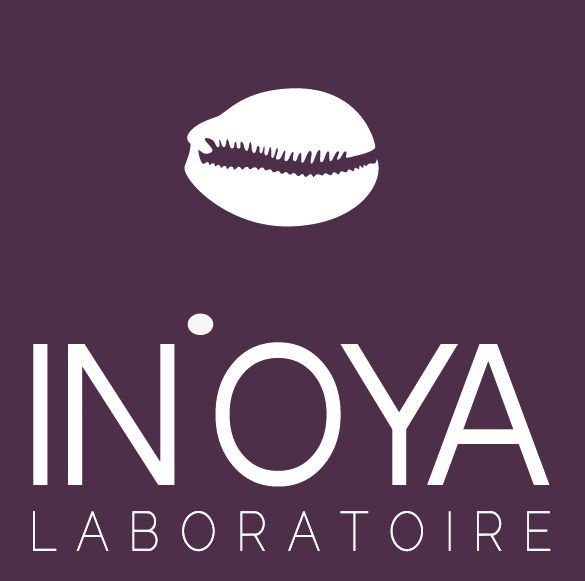Customer Service
Our Contacts:
From monday to friday, 10am to 6pm.
+33 (0)4 42 90 72 28
contact@inoya-laboratoire.com
Laboratoire IN'OYA 128 Rue de la Boétie, 75008 Paris FRANCE
Delivery:
Free delivery all orders of 50 euros or more of eligible items across any product category qualify
Payments:
Credit Card: Visa, MasterCard, Paypal, Maestro, American Express, Check and Bank Transfer
Return Policy:
You can return any item purchased within 16 days of the delivery date
534 articles
-
Dark, Brown and Mixed Skin: A Global Overview
Published : 2025-05-05 | Categories : ,Dark, brown, and mixed skin types are globally diverse. Understanding their unique needs is key to offering safe, effective, and respectful skincare solutions.
-
Patented formula vs. patented ingredients: understanding the difference
Published : 2025-05-05 | Categories : , ,In the dermocosmetic world, terms like "patented formula" and "patented ingredient" are common yet often unclear.
-
The forgotten history of dermocosmetics for pigmented skin.
Published : 2025-05-05 | Categories : , ,The history of melanin-rich skin care is being rewritten. Discover the traditional roots and scientific future of skincare for Black and brown skin.
-
Ingredients to avoid on pigmented skin
Published : 2025-05-05 | Categories : , ,Which ingredients are unsafe for melanin-rich skin? Discover the actives to avoid in your routine to prevent dark spots, irritation, and long-term skin damage.
-
Products black skin on white skin: effective or dangerous?
Published : 2025-05-05 | Categories : , ,Despite popular belief, dark skin needs proper sun protection. Without SPF, spots, aging, and UV damage can occur. Discover IN’OYA’s sun care tailored for pigmented skin.
-
African, Caribbean, North African skin: what are the differences?
Published : 2025-05-05 | Categories : , ,African, Caribbean, and Maghreb skins have unique needs. Discover their differences to build an effective and tailored routine with the right IN’OYA skin care products.
-
Sunscreen for Dark Skin: Is It Really Necessary?
Published : 2025-05-05 | Categories : , ,Melanin isn’t enough. Dark skin still needs sun protection to prevent dark spots, premature aging, and underestimated risks like melanoma.
-
How to Identify if Your Skin Is Dry, Oily, or Combination?
Published : 2025-05-05 | Categories : , ,Knowing your skin type — dry, oily, or combination — is essential, especially for pigmented skin. It’s the key to revealing radiance, preventing dark spots, and choosing the right routine.
-
The Different Types of Dark, Brown, and Mixed Skin Tones
Published : 2025-05-05 | Categories : , ,Dark, brown, and mixed skin tones have unique needs. Understanding their differences is key to offering the right care and preventing imbalance or hyperpigmentation.










